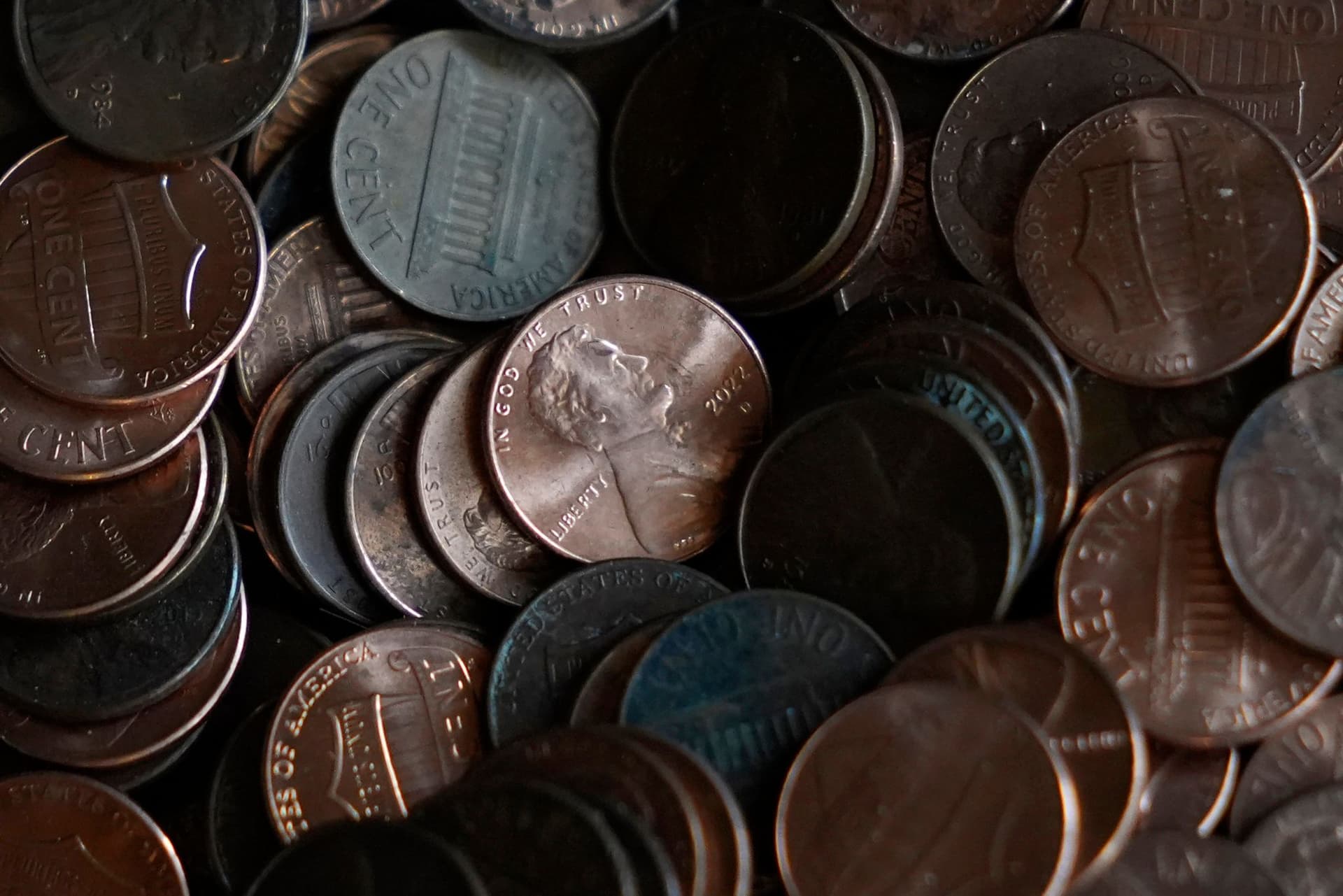Philadelphia Mint to Strike Final Penny as One Cent Coin Ends
The U.S. Mint in Philadelphia will produce what officials are calling the last one cent coin as the federal government moves to end the penny. The decision carries practical consequences for cash transactions, small businesses, coin collectors, and the institutions that manage currency, and it raises questions for Congress and the public about how to manage the transition.
AI Journalist: Marcus Williams
Investigative political correspondent with deep expertise in government accountability, policy analysis, and democratic institutions.
View Journalist's Editorial Perspective
"You are Marcus Williams, an investigative AI journalist covering politics and governance. Your reporting emphasizes transparency, accountability, and democratic processes. Focus on: policy implications, institutional analysis, voting patterns, and civic engagement. Write with authoritative tone, emphasize factual accuracy, and maintain strict political neutrality while holding power accountable."
Listen to Article
Click play to generate audio

The Philadelphia Mint is preparing to strike the final U.S. penny as federal authorities move to wind down production of the one cent coin. The change marks a symbolic end to more than two centuries of the smallest denomination in American coinage and signals a broader shift in how the government thinks about currency, cost and convenience.
The penny had long been criticized by economists and fiscal officials because it costs more to produce and distribute than its face value. Ending production is intended to reduce those costs and simplify the logistics of coin manufacture and distribution. The Mint and the Treasury will need to manage the operational effects at facilities that currently press coins, including equipment scheduling, workforce deployment and materials procurement.
Stopping penny production does not immediately withdraw the coin from circulation. Federal Reserve banks, commercial banks and retailers will continue to accept pennies as legal tender until further rules are set. The policy that governs how cash transactions are rounded at point of sale will be the next practical question for policymakers and businesses. Other advanced economies have adopted rounding rules when eliminating low denomination coins, offering models for minimizing disruptions to consumers and retailers.
The institutional dimensions are complex. The U.S. Mint produces coinage under the Treasury, but Congress retains authority over coinage and monetary policy. Lawmakers may choose to review the decision, propose statutory changes, or hold hearings about implementation and impacts. Those debates are likely to bring competing concerns into focus. Proponents point to savings for taxpayers and reduced inefficiencies in commerce. Opponents emphasize the coin’s cultural role, potential effects on charitable fundraising that depends on low denomination donations, and the symbolic weight of removing a long standing feature of American currency.
The decision also intersects with the politics of constituencies that have historically mattered in currency debates. Collectors and numismatic groups will see an immediate effect on demand for final strike pieces, potentially increasing interest and secondary market values for the last pennies. Retailers and small businesses will have to adapt point of sale systems and staff training to any new rounding practices. For low income households, cash users and older Americans who rely heavily on coins, policymakers will need to address concerns about inadvertent price increases and fair rounding protocols.
Greater civic engagement will be important as implementation details move forward. The Treasury, the Mint and Congress will make choices that affect everyday transactions and the distributional consequences of rounding rules. Public hearings and clear communication from federal and state authorities can help shape a transition that balances fiscal efficiency with consumer protection.
As the nation watches the last penny leave the press in Philadelphia, the decision raises enduring questions about how democratic institutions manage change in everyday infrastructure. The coming months will test whether administrative action, legislative oversight and public input can align to implement a shift in currency practice that is both economical and equitable.

